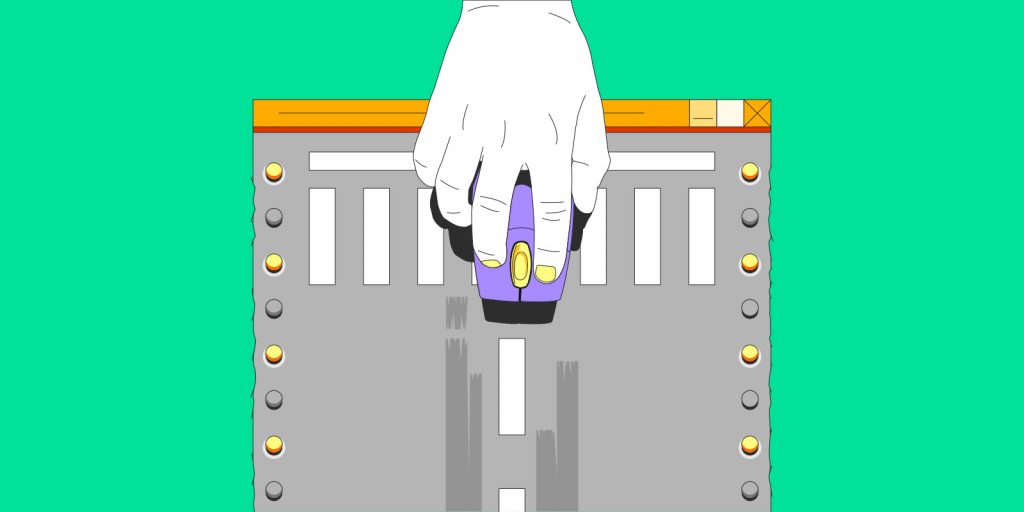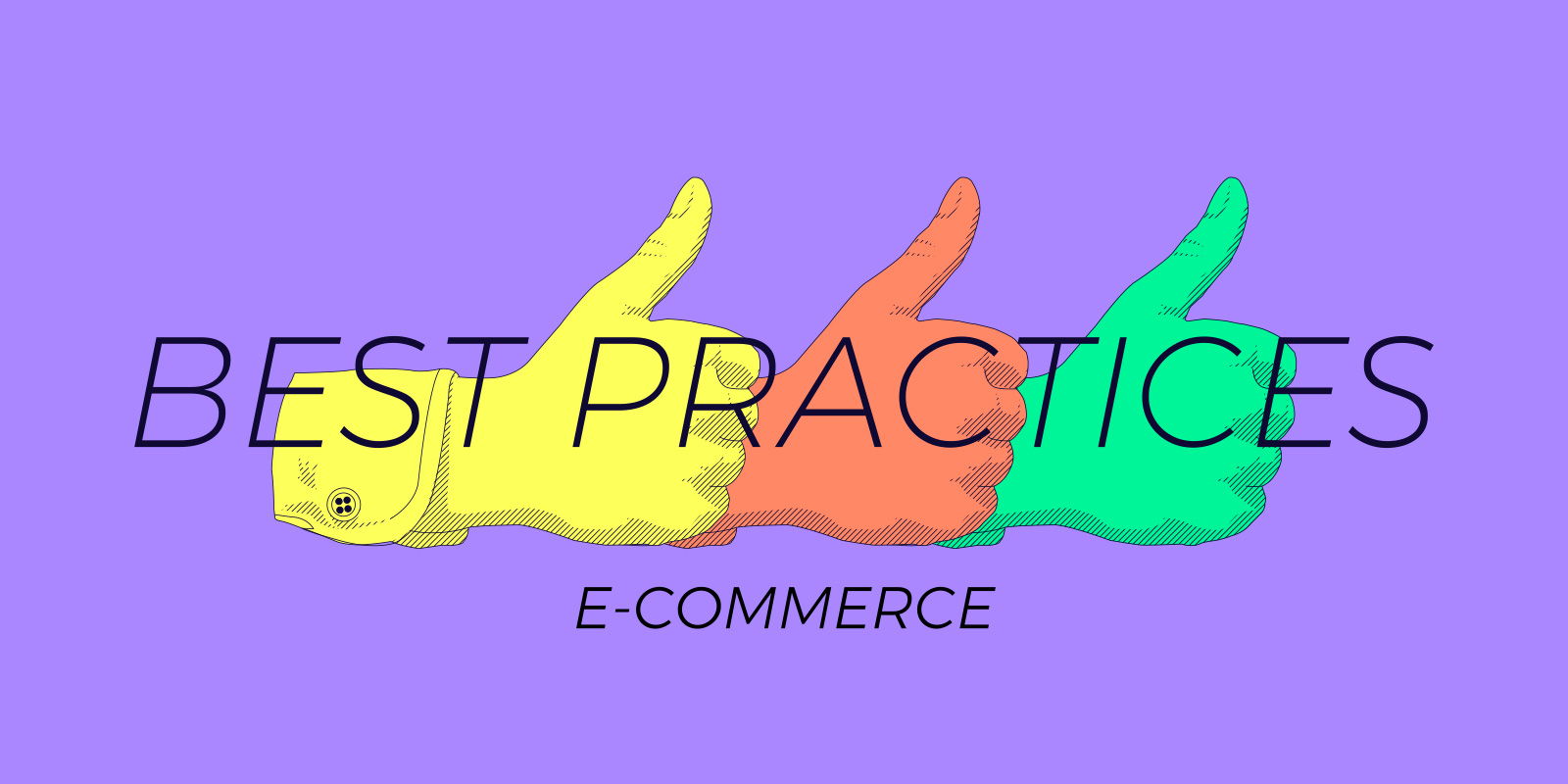When you create any kind of advertising or publicity campaign, one of the things you need to consider is what is the action that you want your target audience to take.
Do you want them to make a donation? Buy a product? Read some important information?
In any of these cases, directing your visitors to a landing page can be a helpful strategy, as opposed to your home page, or nowhere in particular at all.
We’ll look at how you can create a landing page that you can use in your advertising and publicity campaigns.
What is a landing page?
But first, let’s look a little more in depth at what a landing page actually is.
A landing page is a web page that’s either standalone or part of a larger website which serves to be a place where new prospects „land,“ — usually after seeing an ad from your company, clicking a link in a blog post, or searching for something related to your product or service on a search engine.
It’s meant to provide information to a prospect—and to try to get them to convert into a customer.
What’s the difference between a landing page and a home page?
That might sound a bit like a home page to you, so it’s important to distinguish between the two.
The key difference between a landing page and a home page is what each is supposed to do, and this has consequences down the line.
A home page is usually very all-encompassing. It should include information about all your products and services, contact information, links to other pages, to your blog, and so on.
But a landing page has a singular focus. Everything on a landing page boils down to a single call-to-action (or CTA).
The point of a home page is to provide ample information and ways to contact the owner, while a landing page’s sole purpose is to convert.
What should be on a landing page?
So that said, the most important element of your landing page is your call-to-action. Everything on your landing page should be designed to move visitors towards that, whatever it may be.
In general, your call-to-action probably will look like one of two things: either a button or link that leads directly into a buying process, or some kind of form that visitors can fill out to be directly contacted by a sales person or be added to a specific marketing list.
It’s also important, though, that your landing page be attractive and inviting and that the move towards your call-to-action also feel natural and supported with information leading your potential customers or contacts to do the action you want them to.
That means you’ll need well written, targeted, and useful copy on the page and attractive graphics, images, and layout.
How to create a landing page
Now that we have a good sense of what a landing page is, let’s take a look at how you can create one.
Step 1: Create your landing page layout
Before you start building your landing page, the first step is to plan it out. A good layout is important for a landing page that will convert prospects into customers: remember, everything on your page is oriented towards your call-to-action.
As a general rule of thumb, this means that less is often more. Use whitespace on your page judiciously. An overcrowded page can turn visitors off or just confuse them or distract them from your CTA.
Of course, regardless of how crowded your landing page is or not, your CTA should be the easiest thing to find on the page. Decide where you’re going to put this and what it will look like before you even write any copy. That way, the rest of the page will line up behind your CTA.
Step 2: Decide how to implement your landing page
You have several options for how you might actually develop your landing page.
If you use a CMS you can do this in your CMS interface.
We’ll take WordPress as the example here.
In the WordPress admin page, you can create a landing page by choosing „Pages“ from the menu on the left. Then you can click „Add new.“ This will enable you to start building your landing page using WordPress’s graphic interface.
Launch your website with WordPress at Gandi
If you don’t use a CMS or you don’t want to use your CMS’s graphic interface, there are other options available to you too.
Hardcode your landing page in HTML
Another option you have would be to build your landing page „from scratch“ in HTML. This can be a relatively simple and resource-light way to develop a landing page, since the relative simplicity of a landing page means no overly complicated coding is required.
Hire a developer to build your landing page and export it
However, writing a webpage in HTML is outside of most people’s skillset, and it might also make sense to hire a developer to create your landing page for you.
This has the advantage of enabling you to do more advanced designs than what you would be able to do either by coding it yourself (assuming you’re not also a developer) or by using a CMS or other website building software (such as a drag-and-drop WYSIWYG editor).
The flip side is that hiring out this work will likely cost you more, since, of course, you’ll have to pay you developer. The other drawback of going with a developer is that if you need to change something on your landing page, or something goes wrong, you’ll likely need to call your developer back (or find another one) to fix or change the page. In other words, you’ll also lose some autonomy.
Step 3: Write your copy
Once you have a general lay out and you know how you’ll be implementing your landing page, it’s time to write your landing page copy.
Your landing page copy has two potential goals: to attract people to your website through SEO and/or to get page visits to convert into sales (or whatever your landing page CTA is).
For each of these goals, we have a few tips to help you out.
Determine your target audience
The most important step for writing SEO page copy is determining your target audience. This will guide you through many aspects of writing the copy, from the keywords you use, the tone and style of your writing, and the focus of the copy.
To help you determine your target audience, it’s often helpful to create marketing personas. These are constructs that you can use to dig deep into specific audiences and think about what they’re attributes and interests are beyond the aspects immediately related to your product or service.
Using personas also helps you think about your prospects as real people and not just as abstractions.
Use keywords in your copy (but don’t overdo it)
Once you have a sense of who your target audience is and have maybe developed some personas, you can move on to determining the keywords you’ll use on your page.
You can think of two types of keywords: those that have a high volume of searches—most likely your product category, for example—, that are difficult to rank on, and those that have a low volume of searches that are easy to rank on—these are generally more niche search terms.
Setting your keywords is a matter of balancing between these two. If you can rank high on many low-volume terms, you may be able to attract a considerable amount of traffic nonetheless, but you should also aim to rank well on high-volume terms that are the most relevant to your product or service.
Once you’ve figured out your keywords, you can start writing your copy, inserting these keywords as you can.
It’s important to note, though, that you shouldn’t overdo it. Putting too many of a single keyword in a page’s copy can lead to search engines de-ranking your page for that word for „keyword stuffing.“
Be concise and get to the point
When you write your copy you should also be sure not to beat around the bush too much or include too much fluff. Don’t go into a deep dive of your company’s history on this page or an in-depth technical explanation of how your product or service works.
There are really just three pieces of information that your page’s visitors will need immediately:
- Who are you?
- What are you selling?
- Why is it relevant to them?
Think of how you would incorporate these three questions into a kind of „elevator pitch“ for your company and the product or service you sell. The more succinctly you can answer those three questions, the better.
And of these three, be sure not to neglect the third—your prospects should most of all be able to tell from your landing page why any of it matters to them.
Step 4: Finalize your design
With your copy now ready, you can now finalize the design of your landing page.
That means not only integrating your copy into the layout you previously created, but choosing the fonts, colors, and images that will work best with your website copy as well as be the most attractive for visitors.
Another aspect of finalizing your design is your CTA. Remember, this is one of the most important elements of your page, since all roads should lead to your CTA.
More than likely, you’ll want to make this a button to click on, and it might take some tinkering to figure out what the optimal placement of this is, what color works best, and what text best interpolates your target audience.
Step 5: Launch your landing page
With your copy written and your design finalized and implemented, it’s time to launch your landing page.
It’s best to launch your landing page quietly so that you can test it out and check for any bugs or other problems. Don’t wait until you need the landing page for an ad campaign to launch it!
Step 6: Evaluate and adjust
Once your landing page has launched, it’s important that you keep track of how well it accomplishes the goals you had when you set out to create the landing page.
There are two things which will be important to measure above all else:
- Traffic
- Clickthrough rate (or conversion rate)
Traffic
In addition to the volume of traffic on your pages, other aspects of your landing page’s traffic that might be important for you are where the traffic is coming from, and the length of the average page visit.
If your landing page traffic is coming from organic searches on Google, for example, you’ll know your SEO efforts are paying off. Or if they’re coming from one ad you placed more than another, you’ll know that the ad generating more traffic is more effective.
Read more about how to use open source tools to measure web analytics
Another aspect of your landing page’s traffic is the average page visit length, this will be helpful in determining whether the traffic you’re getting is the right traffic.
If visitors to your landing page quickly leave again (within a few seconds), you’ll know that while you may be getting traffic to your landing page, either your product or service is not what they’re looking for, or the page itself is not very inviting.
If people are spending a long time on your page, though, that might also be a problem. If the point of your landing page is to get people to follow your call-to-action, spending too long lingering on the page is not desirable either. There may be something confusing in your copy, or the CTA may not be as obvious as you thought.
Conversion rate
Another sign that you might have a problem with your landing page that needs to be addressed is if there is a mismatch between the traffic your landing page is getting and the amount of clicks on your call-to-action.
But what’s good and what’s bad? The median conversion rate for a landing page is about 2%, the top 25% of landing pages have conversion rates above 5.3%, and the top 10% have conversion rates above 11.4%.
Breaking that 2% average, then, should be your immediate goal. For the medium term, getting to around 5% would be suitably ambitious, and if you want a highly successful landing page, trying to crack 11.5% could be a good long-term objective.
As a metric, the conversion rate is king for your landing page. The point of the page is to get people to perform a single action, that action translates into conversions. The more people you can get to do that out of the people who visit your page, the more effective your landing page will be.
Of course, if you can couple high traffic with a high conversion rate, you can maximize the efficacy of your landing page.
Adjust
And getting to your target traffic and conversion rates will most likely not be something you can cook up in the design and implementation of your landing page. Instead, you’ll need to constantly measure these metrics and make adjustments.
Even if you are able to implement the perfect landing page right out of the gate, that got a high amount of traffic and a high conversion rate, it’s a certainty that you won’t be able to maintain this performance in the long term.
Google and other search engines will change their SEO rules or your ad placements will no longer be as relevant, possibly causing you to lose traffic, the market you’re targeting will become saturated and the personas you’re targeting now will be less interest. In other words, you’re in a constantly changing landscape, so you’ll need to keep on top of how your landing page is performing in order to adjust it and evolve it according to how the world and your market are adjusting and evolving too.
All in all, a landing page is an effective tool for channeling potential prospects either from search engines or from ads you’ve placed elsewhere to perform a single action. The best landing pages are good at quickly converting prospects with an effective call-to-action.
You have options for how to host and implement your landing page, and these choices will dictate a lot of how you move forward with building the layout and design of your landing page, and may also impact your ability to update it.
A solid option, especially if you already use a CMS for your website generally, is to build our your landing page in your CMS. In WordPress, for example, it’s quite easy to do so.
You’ll need to think about personas and who your target market is in order to compose effect copy for your landing page, which should be concise but not force the point too much.
You’ll also need to make sure to target keywords appropriately, but don’t overdo it!
Lastly, make sure you measure your landing page’s performance. Most importantly, you’ll need to understand the traffic coming to your landing page and the conversion rate. Maximizing both of these will make for a highly effective landing page that’s well worth the time and money you spend creating it.
And, of course, these metrics help fuel the continued improvement and evolution of your landing page, without which even a good landing page could fall into irrelevance.
Tagged in Simple HostingWordpress


